Poisonous Plants - Check What Houseplants Should You Avoid
Plants, although pretty, are not always safe for humans or animals. Many houseplants appearing in our homes are poisonous and one has to be careful about them - especially if there are small children around. Do you want to protect your family? Eliminate dangerous poisonous plants from your home. Check which species are particularly toxic.
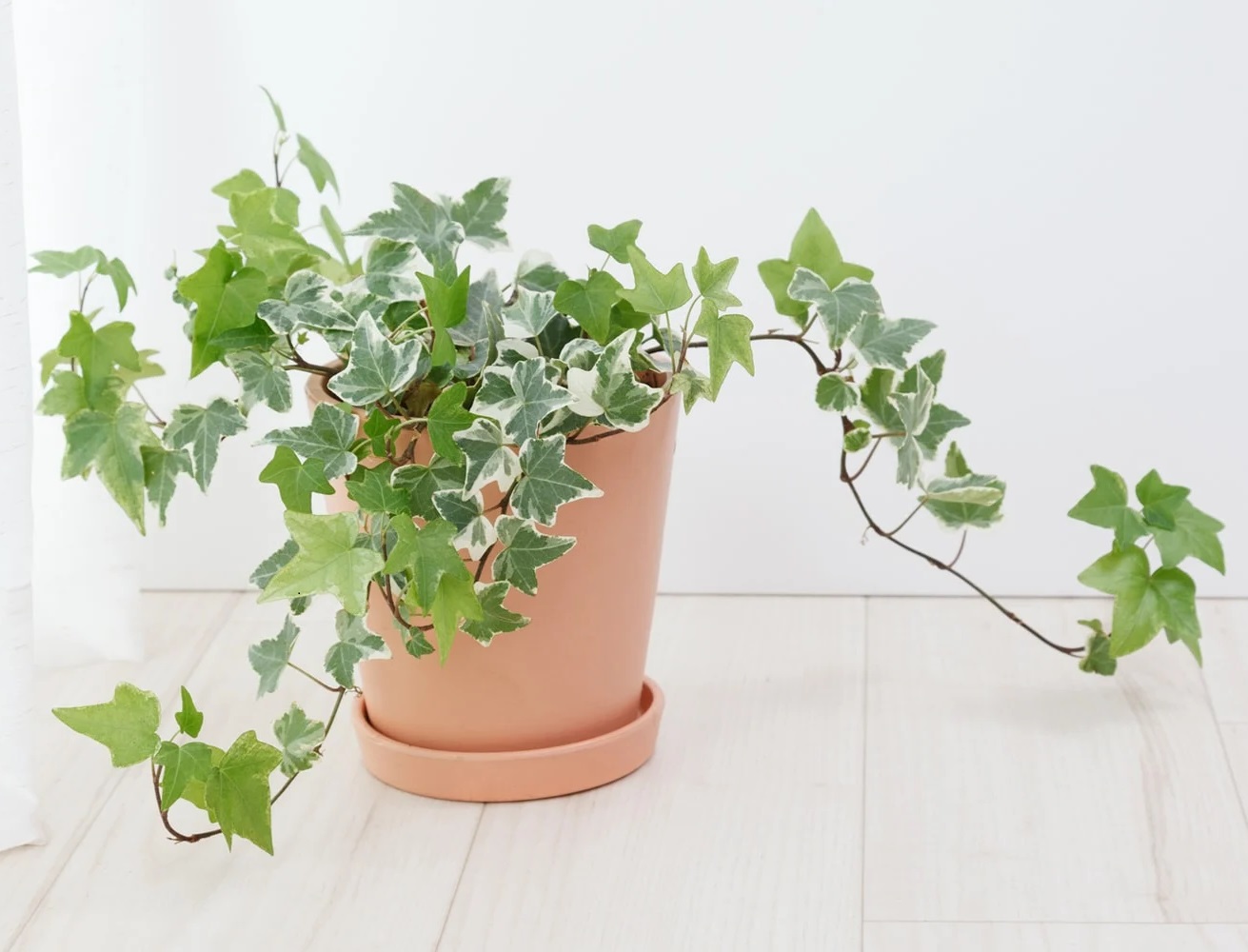
What makes houseplants poisonous?
Interiors are often full of various houseplants. They enrich the space and are a great addition. But be extra careful if you have them, as some might be toxic.
Poisonous plants typically have toxic substances in their sap. They might occur within the entire plant or only in its parts, e.g. stem or leaves. A contact with them, regardless whether it’s a human or an animal - might result in unexpected reactions. Their severity depends on the potency of the toxin.
What are the potential effects of poisonous plants?
A contact with toxic houseplants might be really dangerous, which cannot be ignored. Less dangerous plants cause only skin irritation, which sometimes is difficult to get rid of - in this case, you have to consult a doctor. But adverse reactions might get much more serious and take the form of:
- diarrhea,
- nausea,
- respiratory issues,
- heart issues,
- convulsions,
- hallucinations,
- vocal cords paralysis,
- coma.
Poisonous plants are particularly dangerous to small children, as well as animals. A moment of distraction might end up terrible.
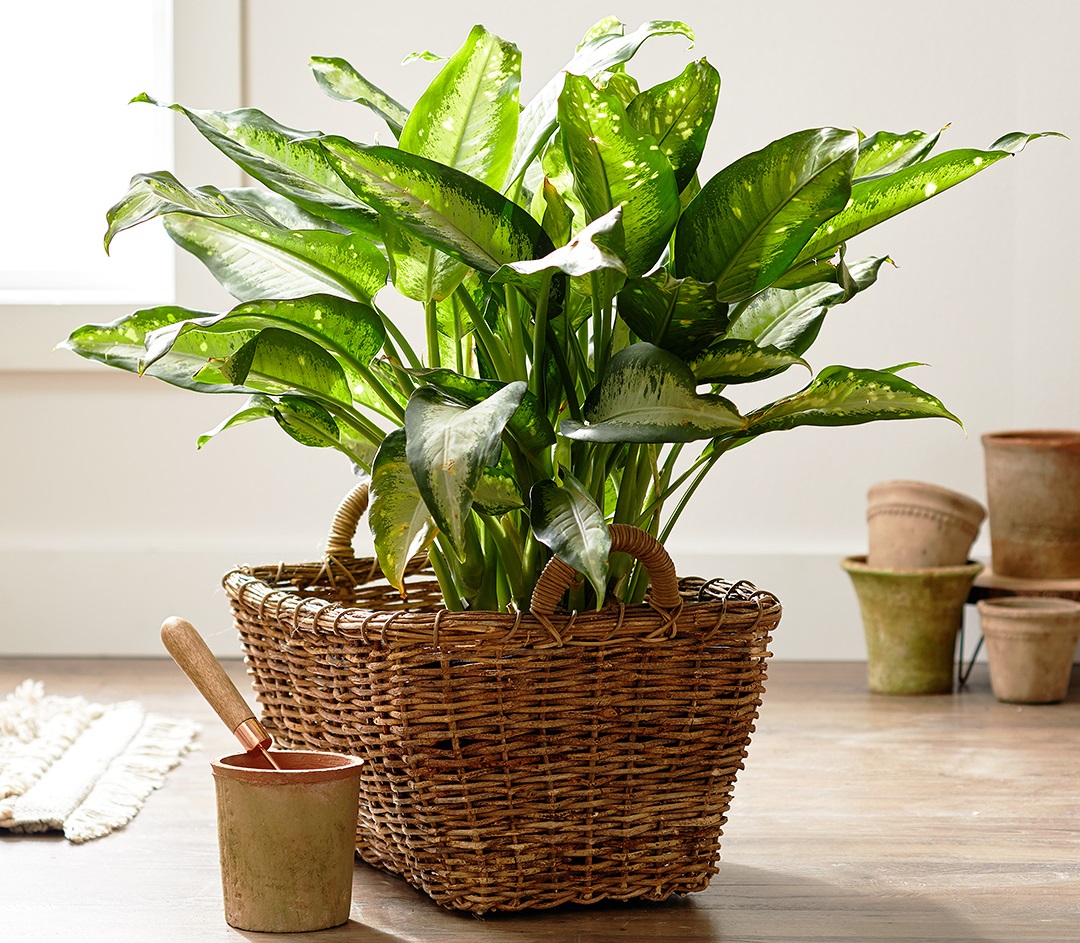
What to do is you had contact with poisonous houseplants?
If you have some poisonous plants in your house, and you don’t want to get rid of them, make sure to place them in a safe spot. Animals and small children mustn’t have access to them. Tall planters are perfect for this purpose. You can also hang them on the wall or put on a tall closet.
Sometimes, even though you thought everything through, unaware family members might still come in contact with a poisonous plant. What to do - if you suspect it did take place? Everything depends on how it happened and what plant was involved. If you have any doubts, don’t hesitate to consult a doctor.
In some cases, troubling symptoms appear almost immediately. For instance, heart palpitations or suffocation might occur. In this case, don’t wait and call an ambulance as fast as you can. Tell the paramedics about the reason behind the reaction - it’s crucial for a successful treatment.
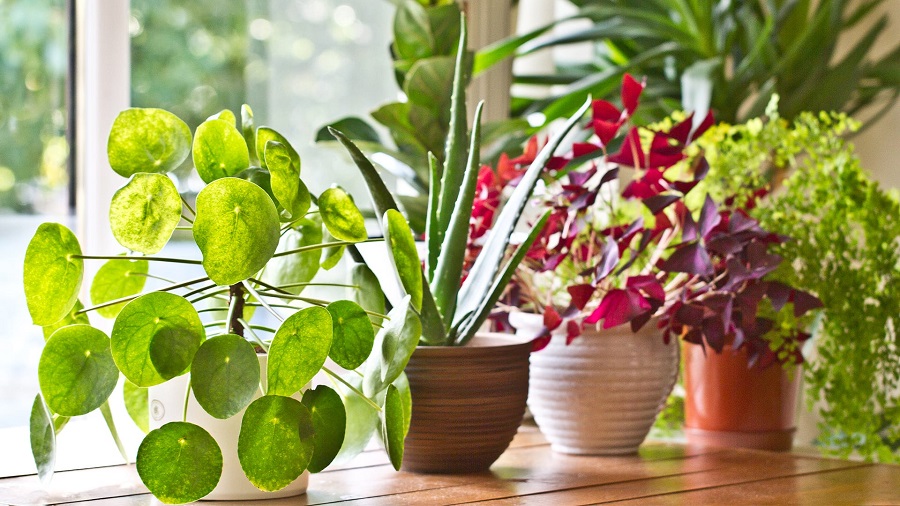
Poisonous plants to humans
Do you have toxic indoor plants in your house? Be careful, as they pose a serious threat. Learn about their dangers.
Peace lily
It’s a common houseplant, thanks to its air purifying properties. Unfortunately, peace lilies contain calcium oxalate. This substance is dangerous especially to small children. It might e.g. irritate mucosa in a child’s mouth. Sometimes, it also affects the upper respiratory system.
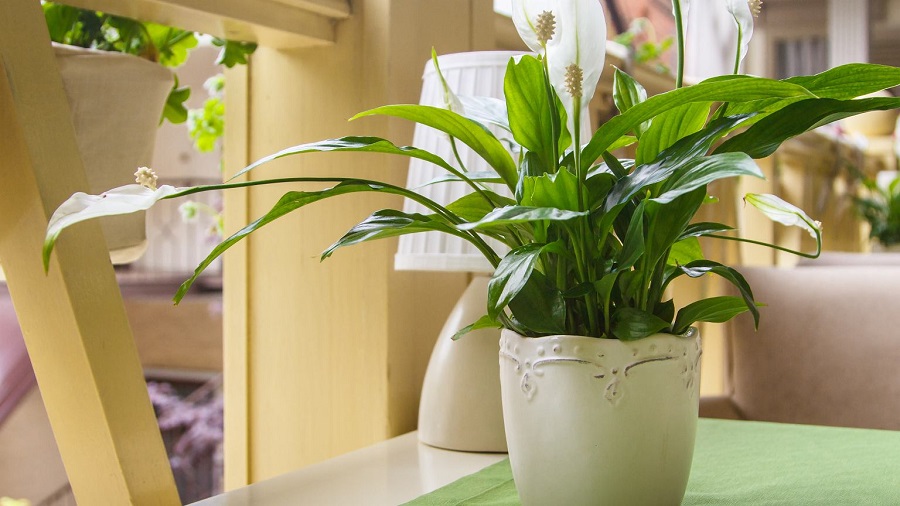
Poinsettia
This plant appears in many houses during Christmas to amaze with its beautiful red flowers. A contact with a poinsettia might end up with a serious skin irritation. A tiresome rash might persist for a long time, and sometimes requires a consultation with an expert.
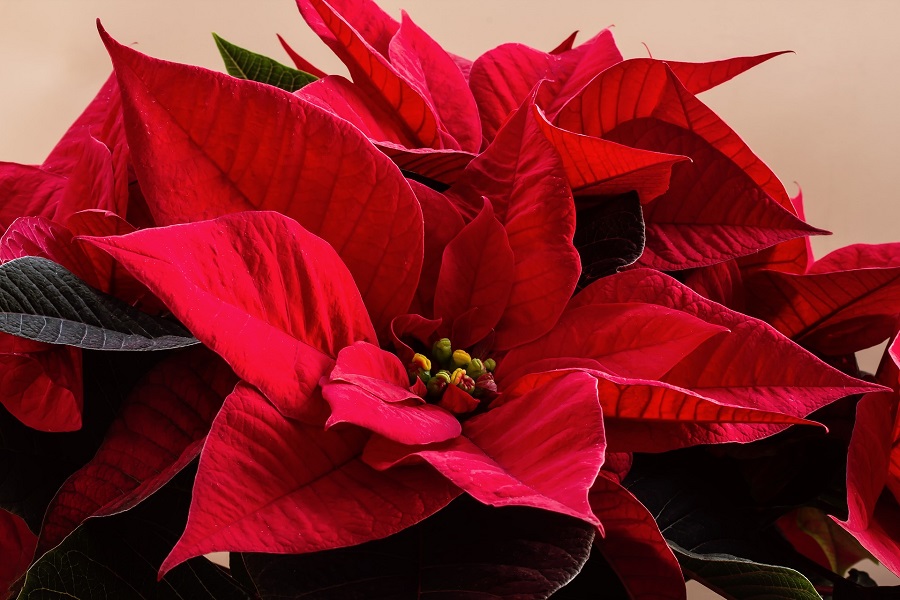
Potted ivy
Ivy is an inconspicuous plant which appears in houses and gardens. Unfortunately, it poses a serious danger - mostly because of saponins present in its juice. If they contact your skin, they might cause a serious irritation. But swallowing even a piece of a leaf is the most threatening situation. It might cause alimentary toxemia, fever and hallucinations. In this case, you should always call an ambulance.
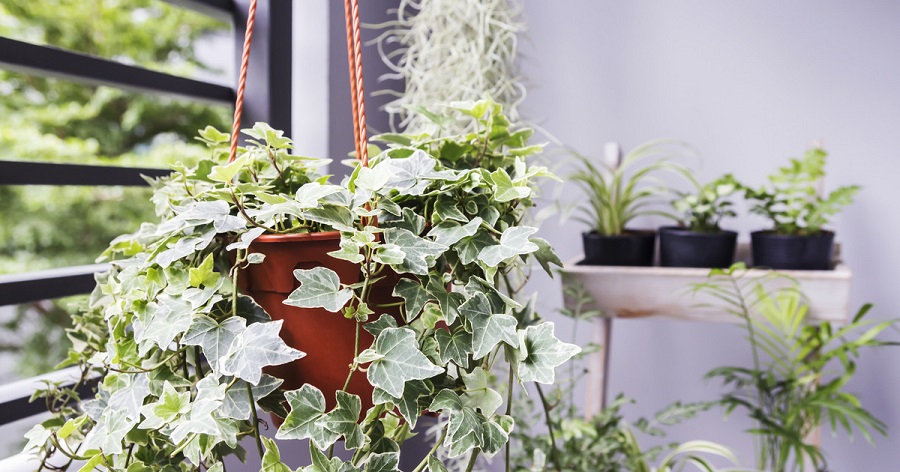
Anthurium
This plant is not as popular as the previously mentioned ones. But as one might have noticed, anthurium is becoming more and more common every year. Currently, it appears in people’s homes much more often than in the past. In this case, only certain parts of the plant are toxic - they are: leaves and stems. The sap in them contains calcium oxalate. It causes skin irritation, and in contact with eyes - ophthalmia. If a leaf or a stem gets swallowed, it might cause mouth and esophagus swelling.
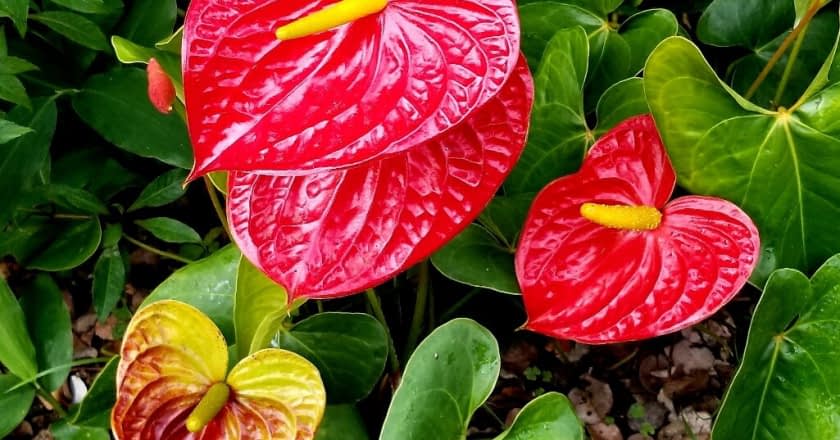
Plants poisonous to cats
Certain houseplants might be poisonous not only to humans, but also to animals, e.g. cats. Their reaction might be completely different. Make sure to know certain symptoms, to be able to react quickly in case of a dangerous situation.
Dracaena
It’s a plant mildly toxic to cats, which doesn’t mean you don’t have to be careful. A brief contact with the sap of a dracaena might cause excessive salivation. Dilated pupils is another easy to spot symptom. In serious cases, alimentary toxaemia and blood vomiting might occur. In this case, you should immediately seek help of an expert.
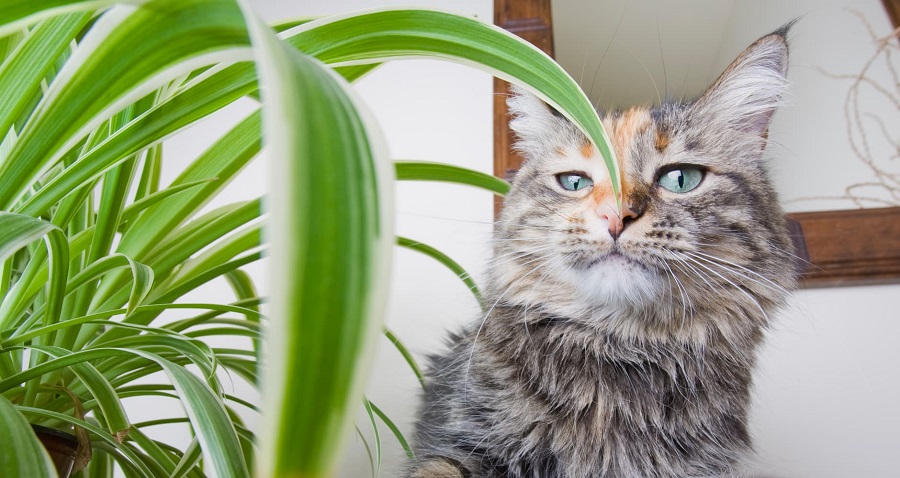
Clivia
It’s one of the most dangerous plants - both to humans and especially to cats. What are the symptoms after a contact with its sap? Most importantly:
- diarrhea,
- vomiting.
But that’s not all. Liver and kidneys are damaged if the plant is ingested. A lack of immediate reaction leads to death.
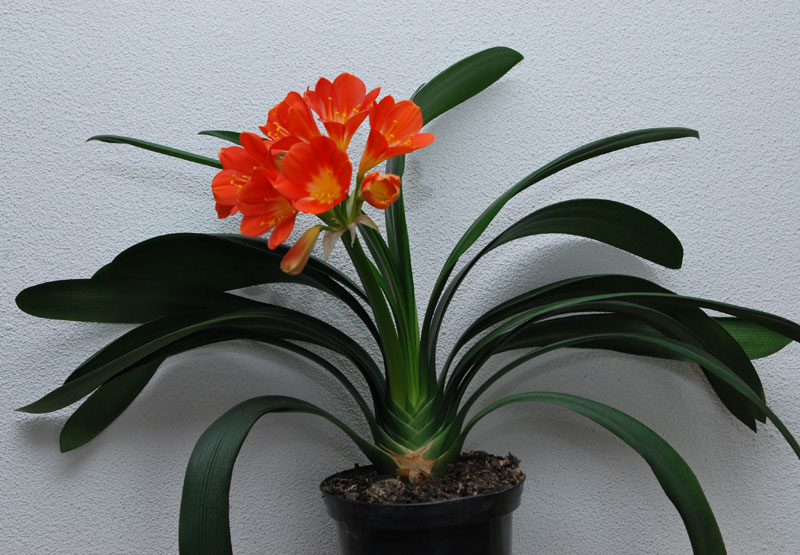
Aloe
Potted aloe plants are harmful to cats. If an animal eats a piece of aloe, it might irritate its intestines and cause vomiting. In serious cases, a pet might get temporarily paralyzed, hindering its mobility. Seizures might also occur.

Tulip
Tulip plants are also poisonous to cats. Regardless of the part of the plant eaten by the animal, the typical symptoms include:
- esophagus irritation,
- excessive salivation,
- vomiting,
- diarrhea,
- respiratory issues.
In this case, make sure to consult a veterinarian - most cases are lucky and cats usually survive such an adventure.
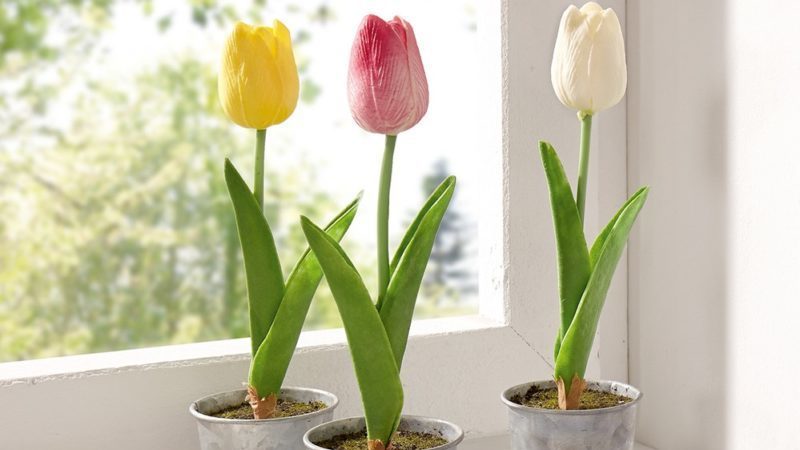
Plants poisonous to dogs
Houseplants toxic to dogs can be divided according to the reaction they cause - mildly dangerous and highly dangerous. Some of them can be the cause of death of the animal, so make sure to be extra careful.
Geranium
Geranium is a characteristic plant which has an intense smell - especially after rubbing its leaves. As it turns out, the aroma is a result of a substance called geraniol - a dangerous toxin to dogs. If it enters the pet’s organism, it might cause lack of appetite and vomiting. If it happens, you have to seek an expert’s help.
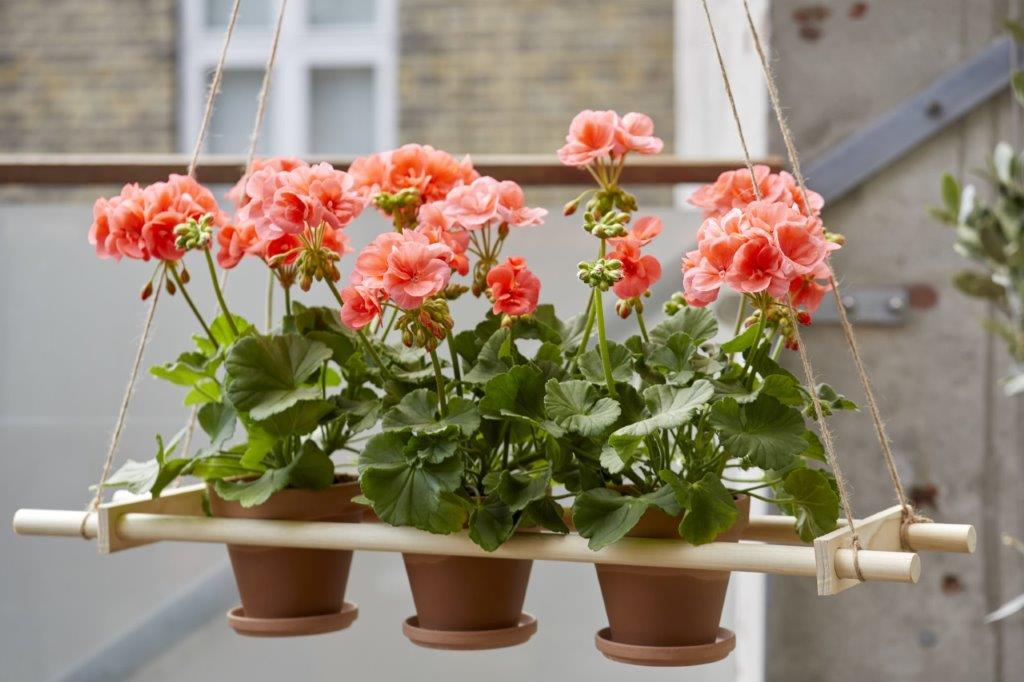
Yucca
Yucca plants appearing in houses and gardens are particularly threatening to puppies. If they eat this plant, their organism might get weakened, their stomach irritated, vomiting might also occur. Consult a veterinarian - although yuccas aren’t poisonous plants that might cause major issues.
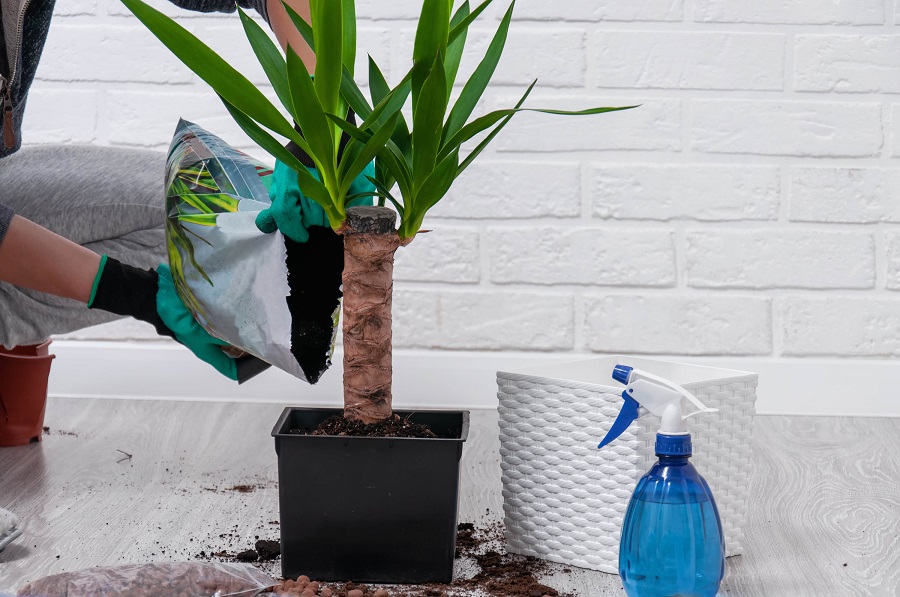
Monstera
Monstera has been one of the most popular houseplants for a long time. Unfortunately, although it enriches an interior and is very pleasing to the eye, it’s also dangerous to pets. A dog might suffer from a swollen oral cavity and esophagus after eating a leaf or a stem. As a consequence, vomiting and breathing difficulties might occur. The animal’s eyes are in danger as well. The poisonous plant might cause ophthalmia.
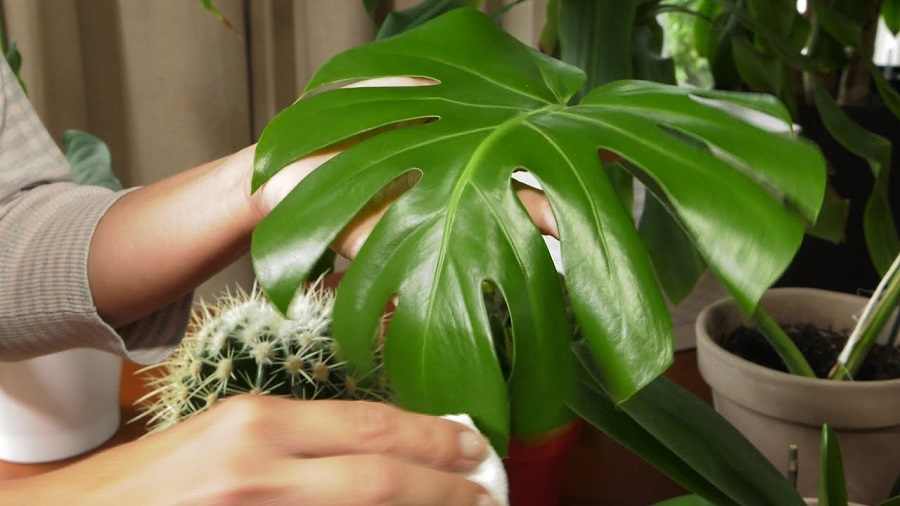
Sago palm
Cycas revoluta, or simply sago palm is a highly poisonous houseplant. Ingesting just some of it leads to bloody diarrhea and vomiting. What’s more, the pet might have problems with mobility, as the plant affects the nervous system. Eating the plant in large quantities causes liver damage, and without prompt intervention - death.
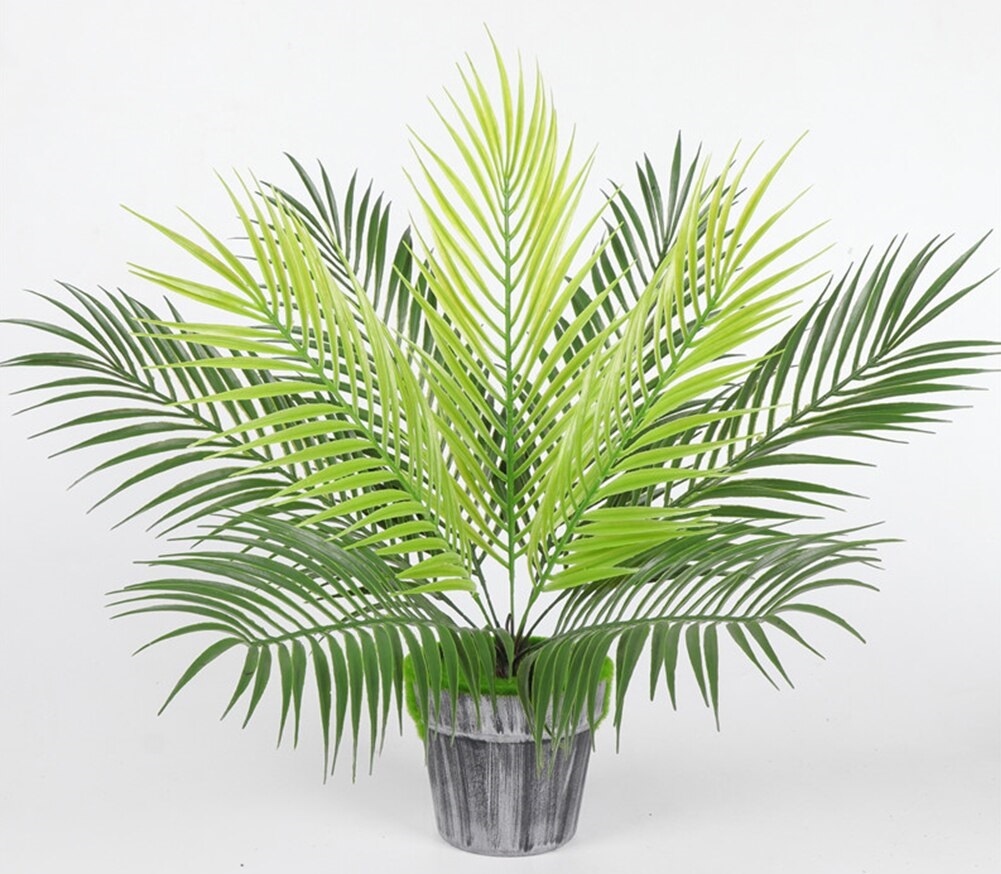
📍 What house plants are poisonous?
Houses and apartments are decorated with many poisonous plants. Anthurium, peace lily, poinsettia and potted ivy are a few of them. It doesn't mean you shouldn't have them - but make sure to be careful around them and protect those who live with you.
📍 What plants are poisonous to cats?
Cats are very sensitive animals, so many plants are toxic to them. Nutsedge and schefflera are mildly dangerous. Croton, aglaonema and anthurium are more toxic. Azalea, sowbread, ficus, clivia, oleander and peace lily are the worst poisonous plants to cats.
Featured articles




